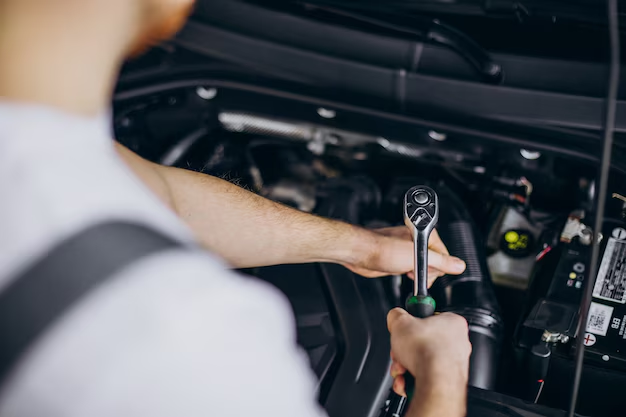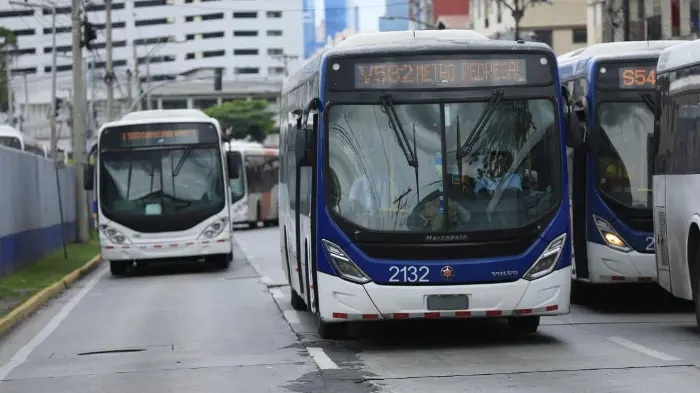Why Emission Neutralizers Fail Faster After LPG Conversion

Gas fuel burns differently than liquid gasoline, producing distinct combustion byproducts that affect downstream components. The temperature variations during LPG combustion can stress ceramic substrates within neutralizers more severely than conventional fuel operation. When these units begin showing signs of deterioration, vehicle owners should consider catalytic converter recycle options through specialized platforms like Autocatalyst, which connect sellers with buyers who extract valuable metals from old components.
LPG systems inject fuel as vapor rather than liquid droplets, creating leaner combustion conditions that generate higher temperatures. These elevated temperatures accelerate the breakdown of precious metal coatings inside emission control devices. Additionally, propane and butane mixtures contain different sulfur compounds compared to gasoline, leading to alternative chemical reactions within the neutralizer honeycomb structure.
Primary Factors Causing Accelerated Deterioration
Several mechanical and chemical processes contribute to faster neutralizer failure after LPG installation, and understanding these helps drivers make informed decisions about their fuel systems.
The main contributing factors include:
- Thermal shock from rapid temperature changes – LPG systems often cause more dramatic temperature swings during startup and shutdown cycles, as gas fuel ignites more readily than liquid gasoline but also cools the system faster when the engine stops
- Altered air-fuel mixture ratios – Gas injection systems sometimes struggle to maintain optimal stoichiometric ratios, particularly during cold starts or rapid acceleration, forcing emission control devices to work harder to process unburned hydrocarbons
- Different combustion chamber dynamics – Vaporized fuel creates more uniform combustion compared to gasoline’s droplet pattern, but this change can affect how completely fuel burns, potentially sending more unprocessed compounds through the emission system
These factors work together to create conditions that stress neutralizers beyond their original design parameters.
Maintenance Strategies for LPG Vehicles
Regular monitoring becomes essential for drivers who convert to gas fuel systems. Professional technicians recommend checking oxygen sensor readings more frequently, as these components provide feedback about combustion efficiency to the engine management system. Faulty sensors can cause the engine to run too rich or too lean, both conditions that damage emission control devices.
Quality LPG installation makes a significant difference in component longevity. Proper calibration ensures optimal air-fuel ratios across different operating conditions, reducing stress on downstream emission components. Drivers should also consider using higher-grade LPG when available, as purer fuel mixtures produce fewer contaminants.
When neutralizer replacement becomes necessary, owners shouldn’t simply discard old units. These components contain platinum, palladium, and rhodium that retain substantial value. Services like Autocatalyst facilitate connections between vehicle owners and specialized buyers who process these materials, helping offset replacement costs while ensuring proper recycling of automotive components.





